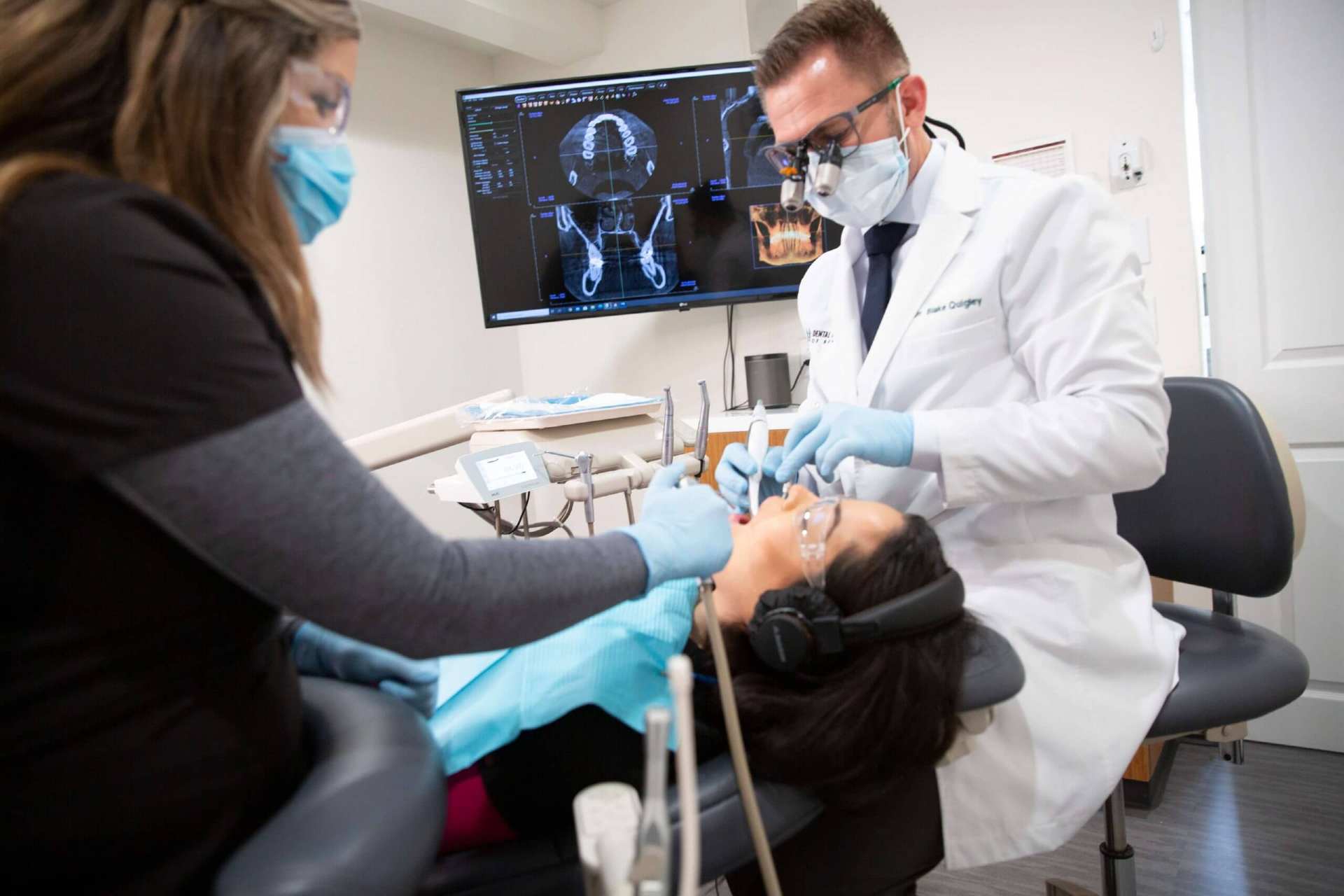
Implants Services
We place and restore dental implants. With our advanced 3D imaging capability and surgical setup, we perform customized guided dental implant surgeries that allow for highly accurate and predictable dental implant placement.
Dental Cone Beam Tomography [Dental CBCT] is a specialized type of x-ray that provides more
information than conventional dental or facial x-rays. This computerized scan uses advanced technology to generate three-dimensional[3-D] images.
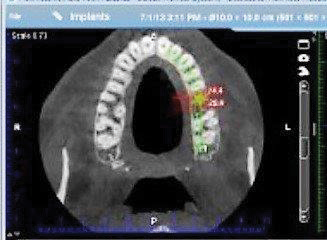
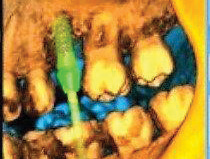
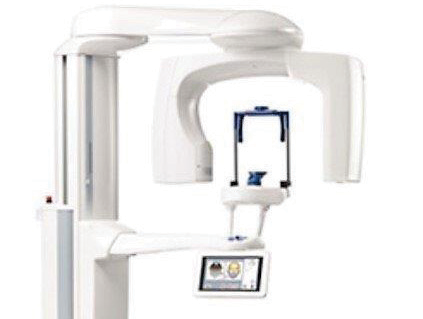
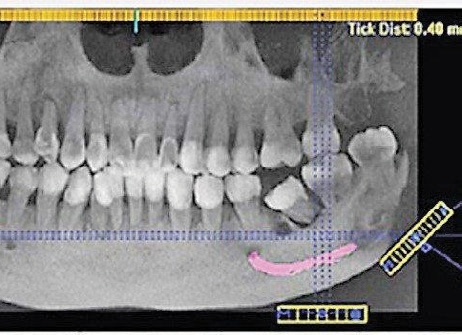
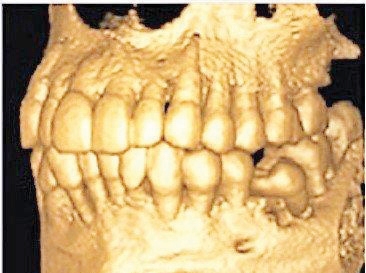
What are the benefits of a Dental CBCT scan?
The benefits of a Dental CBCT scan are that it:
- Provides 3-D images of dental structures, soft tissues, nerve paths and bone which are considerably more detailed than conventional two-dimensional dental x-rays.
- Allows for more precise diagnosis and treatment planning.
- Is simple and comfortable to take and can diagnostically image both bone and soft tissue simultaneously.
What are the common uses of a Dental CBCT scan?
Dental CBCT scans are commonly used to:
- Evaluate the position of teeth, bone structure, jaw joints and the airway.
- Aid in:
– Accurate placement of implants
– Surgical planning for the removal of impacted wisdom teeth
– 3-D orthodontic evaluation
– Complex root canal diagnosis and treatment
What are the risks of a Dental CBCT scan?
Although relatively low, Dental CBCT scans cause some exposure to radiation; the amount of exposure is approximately the same as taking a five-hour international plane flight. Due to radiation exposure, scans
are not generally recommended for pregnant women and should be used cautiously in the pre-orthodontic evaluation of children.
How does a Dental CBCT scanning procedure work?
During the scan, a motorized arm rotates 360-degrees around your head while capturing multiple images from different angles that are then reconstructed to create a single 3-D image.
Who interprets the results of a Dental CBCT scan?
The interpretation of a Dental CBCT scan may be done by your dentist, dental specialist, or radiologist.
Dental Implants are special posts that are surgically placed into the jawbone to replace missing teeth or to support a denture. The implant functions as the root of a tooth and, depending on the number of implants placed, it can be used to replace everything from a single tooth to a full complement of teeth. It takes an average of 3-6 months for the jawbone to integrate with the implant before it can be used to support a dental restoration.
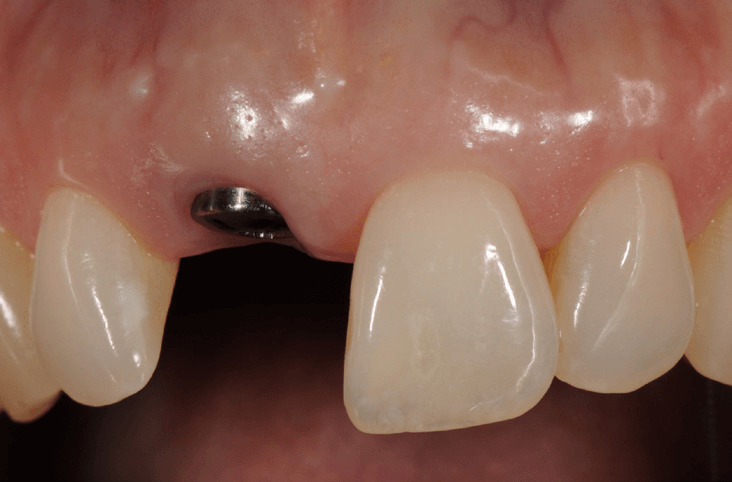
Dental Implant in the Mouth
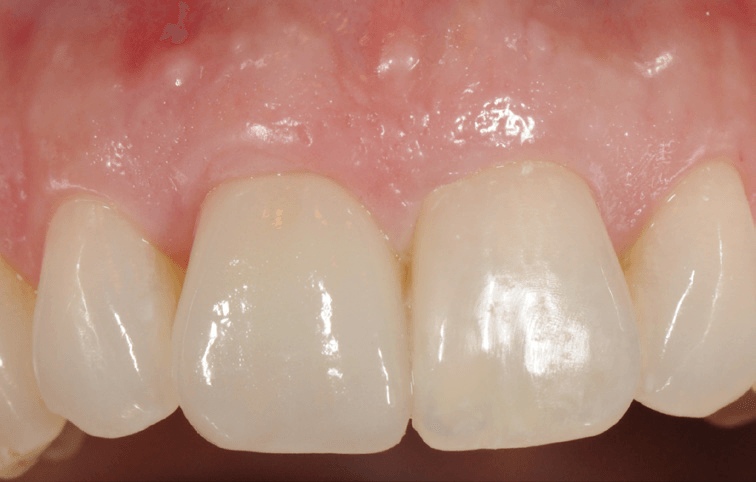
Restored Dental Implant
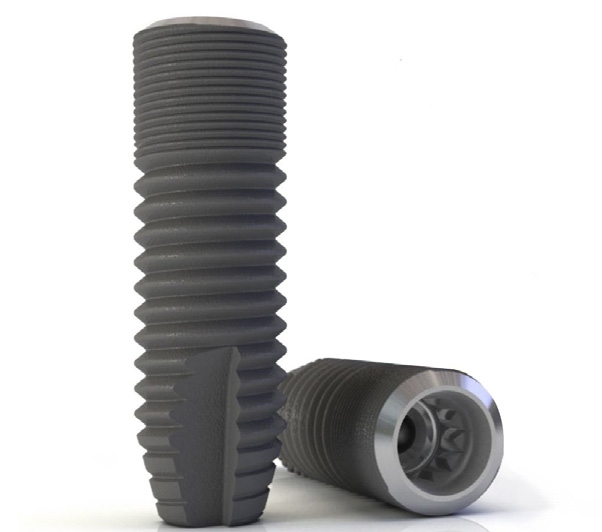
Titanium Dental Implant
What materials are used in a Dental Implant?
The most common material used for a dental implant is titanium or a titanium alloy. Ceramic may also be used in patients wishing to have a non-metallic option.
What are the benefits of having a Dental Implant placed?
There are many benefits to having an implant placed.
A missing tooth can be replaced without cutting down the adjacent healthy teeth as is required when placing a bridge. Implants allow the dentist to replace missing teeth even when a bridge is not an option. Dental implants can provide a more stable base for a denture, particularly in the lower jaw. Also, dental implants help to preserve and maintain healthy jawbone in the area of the missing tooth or teeth. With proper home care and maintenance, dental implants can restore your smile and chewing ability for a lifetime.
What are the risks associated with a Dental Implant?
There is always a small chance that the dental implant will fail to integrate with the jawbone and have to be removed. Certain medical conditions can put you at a higher risk for implant failure. As with any surgery, there is a potential risk of surgical complications when placing a dental implant. Improperly positioned dental implants can make it difficult–if not impossible–to place a useful dental restoration in the mouth. Implant-supported restorations do not have the same feeling as a normal tooth and it is possible to put too much pressure on them when chewing, leading to damage of the implant restoration or opposing tooth.
What is the alternative to replacing a missing tooth with a Dental Implant?
Bridges, dentures, or partial dentures can replace missing teeth without requiring implants. The missing tooth or teeth can also be left without a replacement. This, however, can lead to other problems such as an unstable bite or unwanted movement of the surrounding teeth.
Can a bite affect Dental Implant placement?
If you have a misaligned bite, the restorations placed on the dental implants will be at greater risk for fracture or failure. Proper alignment of the teeth before dental implant placement leads to a more esthetic result. Bite and tooth alignment problems should be addressed prior to dental implant placement.
Are there any post-treatment limitations once I have a Dental Implant placed?
You should be careful not to disturb the surgical site immediately after dental implant placement. This means no chewing on the side of the implant and careful cleaning methods for several weeks to a month. The dental implant takes several months to totally fuse to the jaw, so fewer disturbances to the area means a higher success rate. If you have a temporary denture to replace your missing dentition, it is important that the denture does not rub on the surgical site.
Patient Feedback
EXCELLENTTrustindex verifies that the original source of the review is Google. Great staff and care at Bend Dental Wellness!Trustindex verifies that the original source of the review is Google. We have been going here for 5 years. We really enjoy how kind all of the staff are. Up to date modern tools.Trustindex verifies that the original source of the review is Google. I had an emergency and they found a way to get me in to be seen the same day. The staff and Dr Quigley were helpful and professional. I’ve been going to Bend Dental Wellness for four years and it has always been professional and friendly.Trustindex verifies that the original source of the review is Google. Dr. Blake Q and his staff are very friendly and competent. I did choose this practice because of his 'better' practices with dental care. And I've been very satisfied with my dental care for the past 3+years and will continue. Had a cleaning today with Mara and she was very gentle and thorough.Trustindex verifies that the original source of the review is Google. The service was excellent, both my teeth cleaning and discussion of possible future needs.
Request An Appointment
Need help? Contact us!





